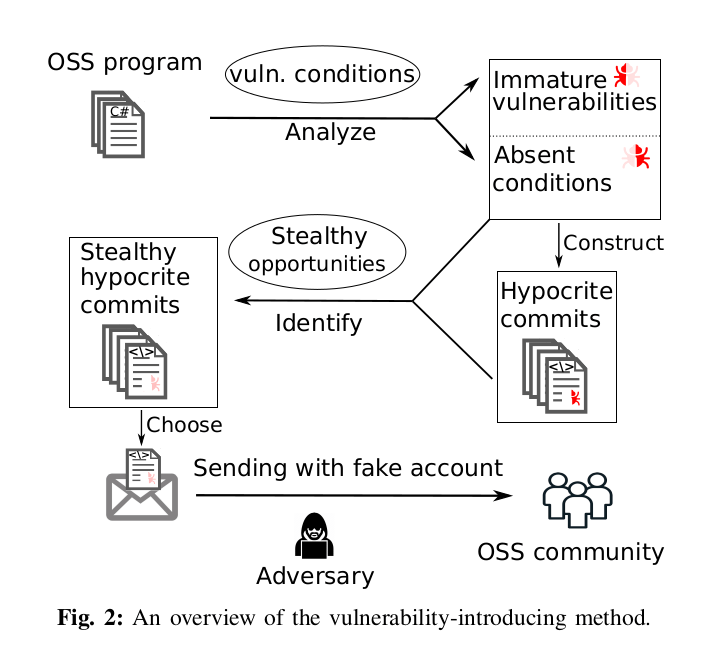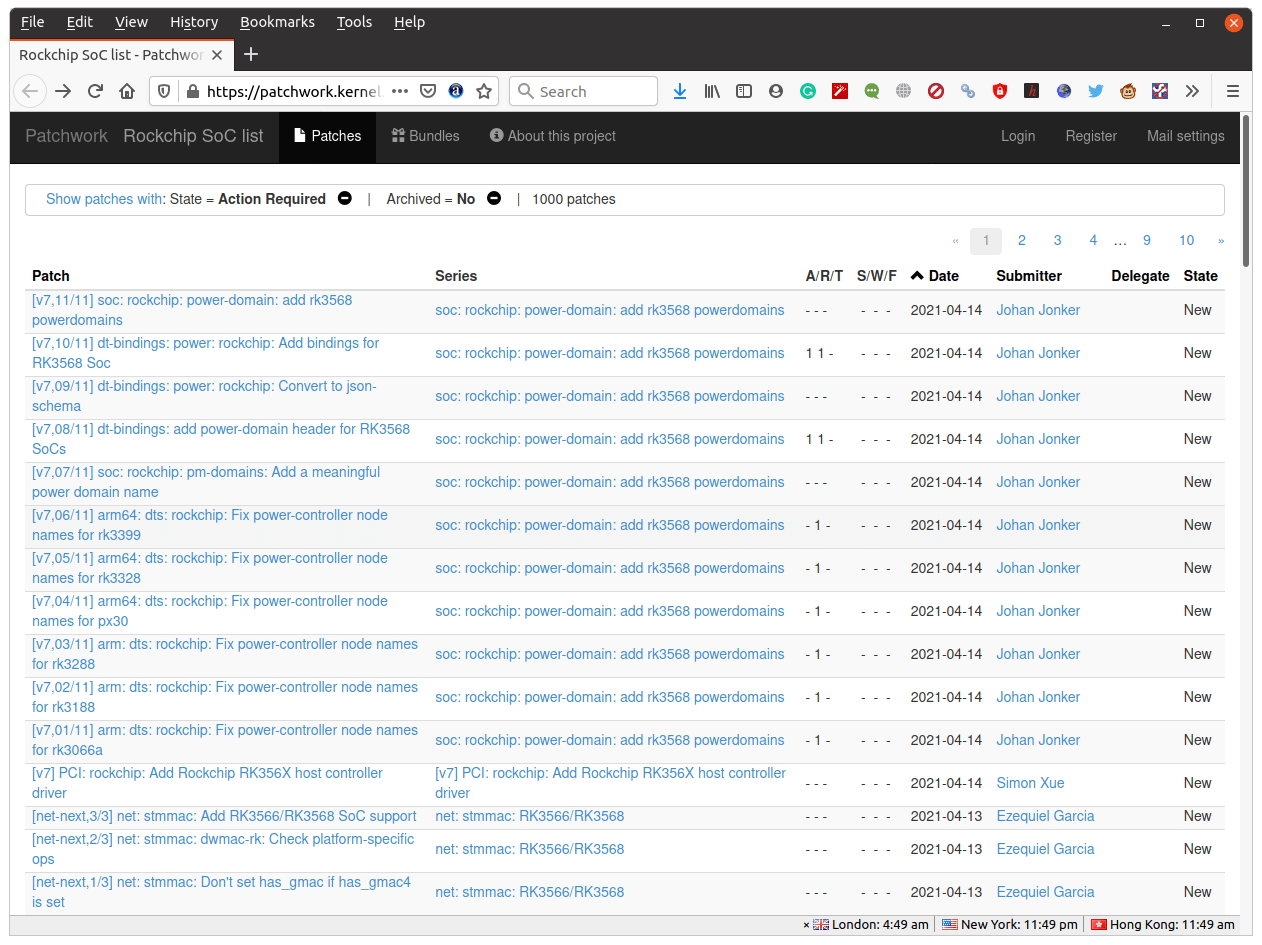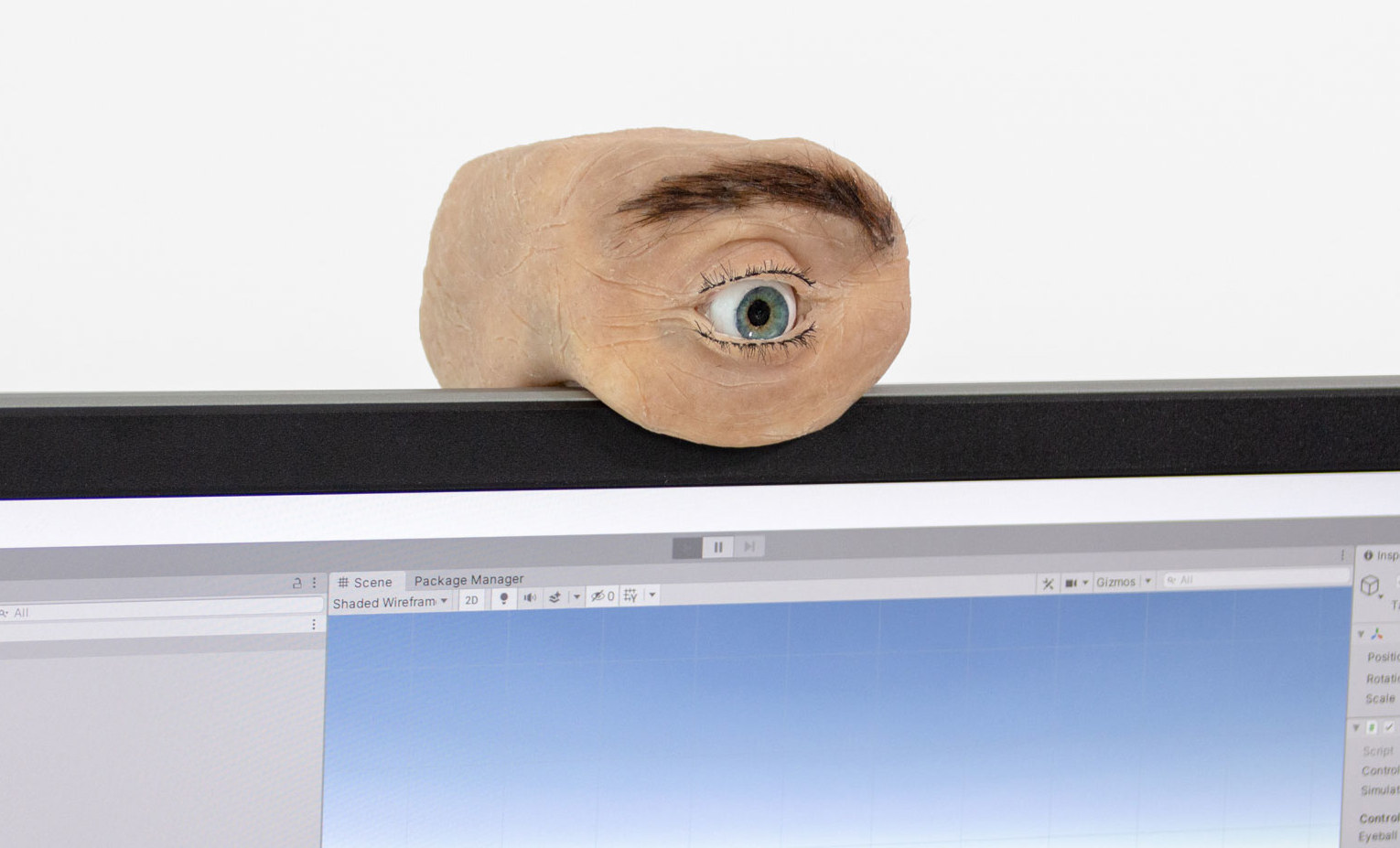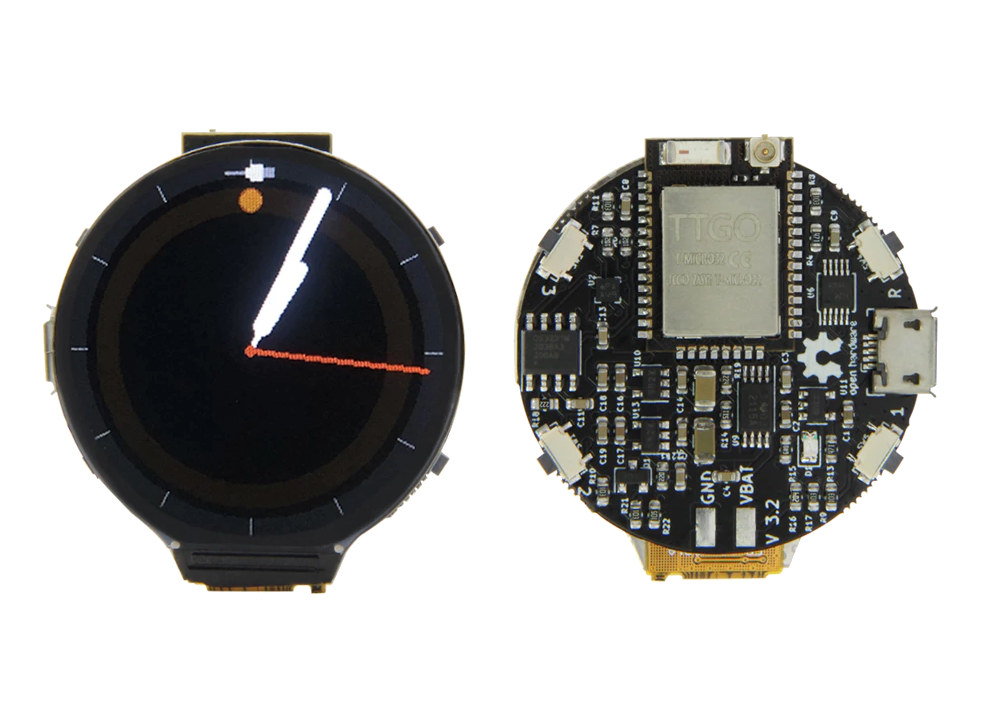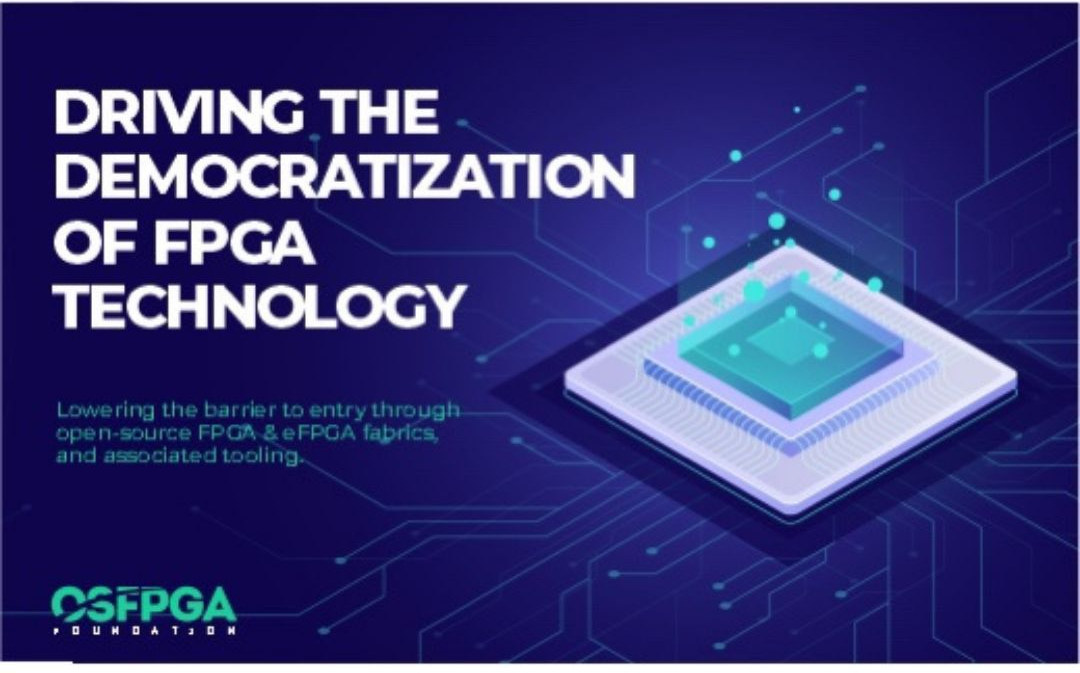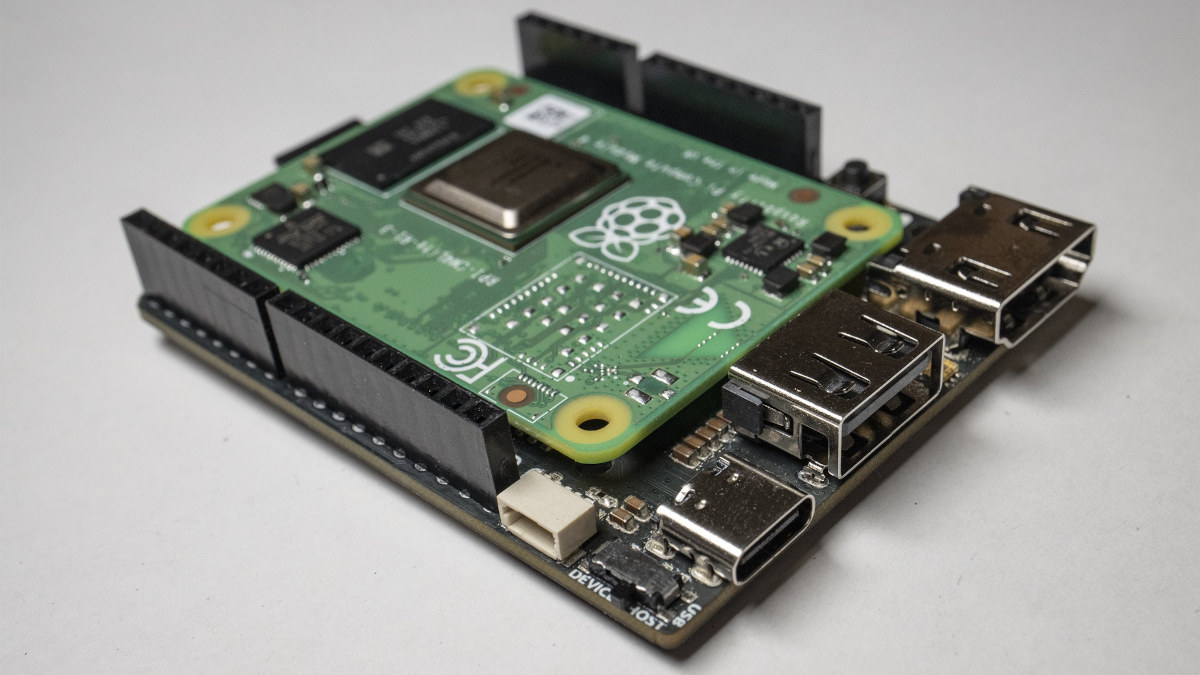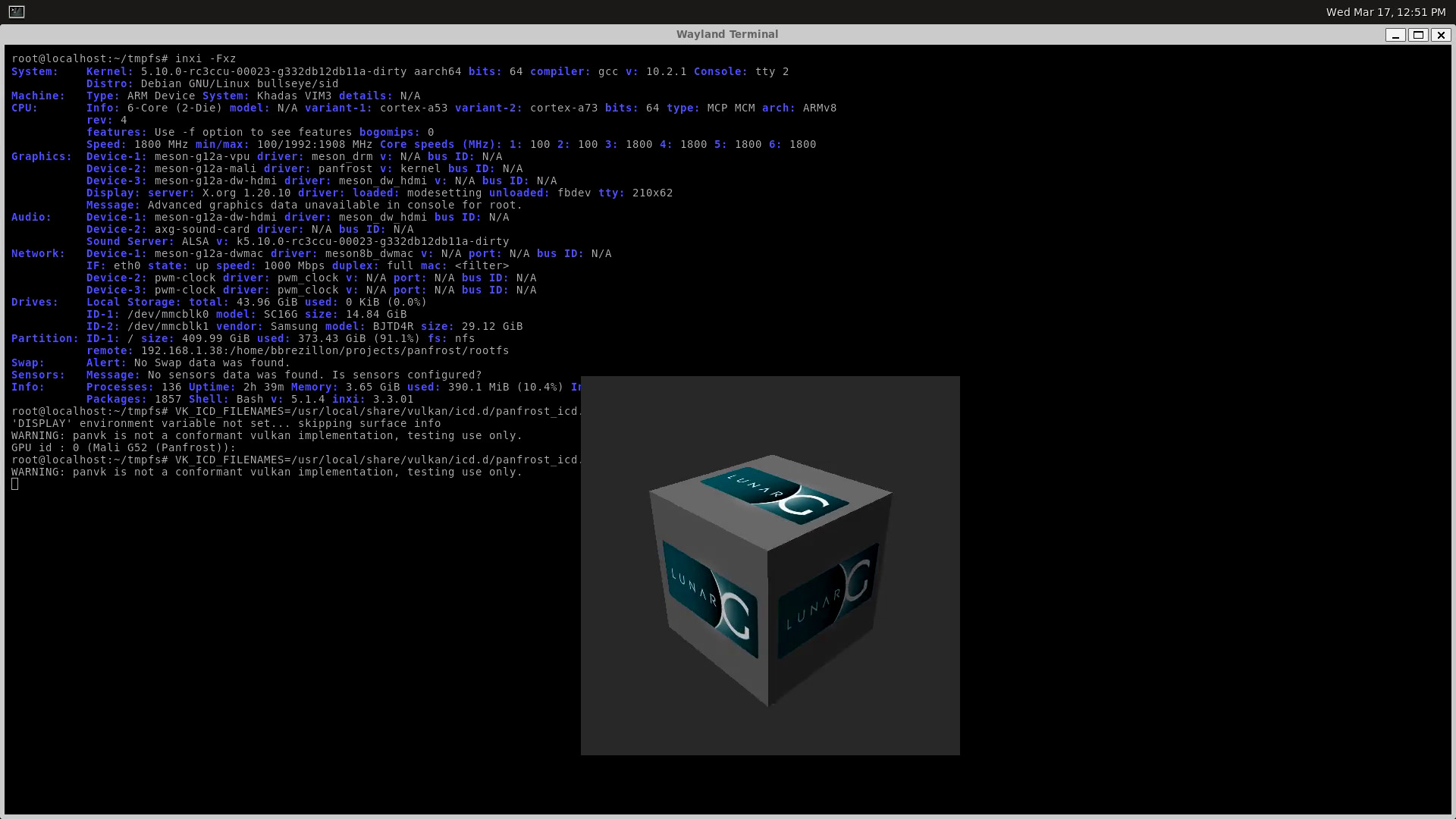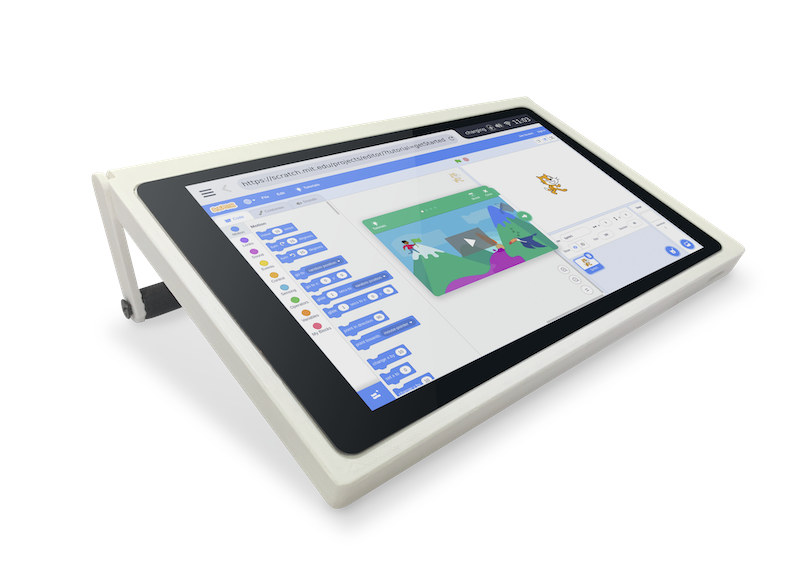We just reported about the Linux 5.12 changelog with a focus on Arm, MIPS and RISC-V targets on Tuesday, and at the time, the expectation was a delay of about one week after Linux 5.12-rc8 was outed on Sunday, April 18. But Linux 5.12 could be further delayed due to shenanigans from two Ph.D. students doing a research project on open-source vulnerability at the University of Minnesota. This was announced by Greg Kroah-Hartman on the Linux kernel mailing list. Commits from @umn.edu addresses have been found to be submitted in “bad faith” to try to test the kernel community’s ability to review “known malicious” changes. The result of these submissions can be found in a paper published at the 42nd IEEE Symposium on Security and Privacy entitled, “Open Source Insecurity: Stealthily Introducing Vulnerabilities via Hypocrite Commits” So their work at to be reverted with 190 reversions so far. It also […]
RK3566 & RK3568 processors to get Linux mainline support soon
Rockchip RK3566 & RK3568 processors were just officially announced at the end of the year, and soon followed with announcements of related such as Core-3568J AI Core system-on-module, some Android 11 TV boxes, Station P2 mini PC, and RK3566/RK3568 development boards. But it did not take long, as RK3566/RK3568 are about the get support for mainline Linux, with engineers from Collabora and Rockchip having recently committed preliminary support for RK356x platforms, notably using Pine64 Quartz64 SBC for testing. The most recent commits target power management, networking, and the PCI host controller. It’s not clear when code will be merged to mainline, but Collabora said “Pine64 Quartz64 SBC out-of-the-box support is right around the corner” in a recent tweet. In any case, it’s good news there’s active development for mainline Linux on the new Rockchip processors, as that means it will be possible to run the latest version of Linux on […]
Eyecam open-source webcam will make you feel spied on
Most people will use webcams connected to a computer or integrated into a laptop without thinking about the possibility of being spied on, but Eyecam will certainly raise awareness and make you feel like somebody is truly watching. The open-source webcam is shaped like a human eye and acts like one thanks to a Raspberry Pi camera and an Arduino board controlling six servos for eyeball, eyelids, and eyebrows movements. The project was conducted at Saarland University in Germany, and Eyecam looks amazingly realistic – and creepy – with the eyeball and eyelids moving, especially when face tracking is enabled, and expressions are possible with servos controlling the eyebrows. The webcam is comprised of 3D printed parts, a Raspberry Pi camera connect to Raspberry Pi Zero recognized as a USB webcam from the host, and an Arduino Leonardo Pro Micro to control the 6 servo motors. On the software side, […]
LilyGo sells Open-Smartwatch open-source hardware ESP32 watch by “Paul’s 3D Things”
We’ve previously covered three variants of LilyGo T-Watch-2020 smartwatch based on ESP32 WiFi & Bluetooth SoC with TTGO T-Watch-2020 (V1) launched about a year ago, following by T-Watch-2020 V3 with a microphone for voice control, and T-Watch-2020 V2 with GPS. The company has recently launched a new rounded smartwatch based on ESP32-PICO-D4 SiP with a twist as they did not design it themselves and instead partnered with “Paul’s 3D Things” for the Open-Smartwatch, and just handle manufacturing and production. LilyGo Open-Smartwatch “Light Edition” specifications: Wireless module – LILYGO T-micro32 module based on ESP32-PICO-D4 module with dual-core ESP32 processor, 4MB FLASH, ceramic antenna or u.FL antenna connector Connectivity – Bluetooth 4.2 BR/EDR BLE and WiFi 4 2.4GHz 802.11 b/g/n Display – 1.3 inch circular LCD with 240×240 resolution USB – Micro USB for charging and programming Sensor – 3-axis BMA400 accelerator Debugging – USB to TTL via CH340E chip Misc -Reset […]
The OSFPGA Foundation aims to promote open-source FPGA tools and IP blocks
There are been some initiatives to work on open-source tools for FPGA. Major FPGA vendors have made limited efforts, with for example Xilinx recently releasing the source code for HLS FPGA tool’s front-end, but most of the work is done by the community with projects like Symbiflow dubbed the GCC of FPGAs, or Project IceStorm for Lattice Semi FPGAs. Industry veterans and academics have decided to launch the Open-Source FPGA (OSFPGA) Foundation that aims to bring together companies, universities, and individuals to advance open-source FPGA capabilities, establish cooperation channels, promote outreach and education, and coordinate joint efforts around an open-source FPGA ecosystem. The OSFPGA Foundation goals go beyond just providing open-source tools, as the vision statement also mentions “open-source FPGA & eFPGA fabrics”, the Github page also includes IP blocks with the FuseSoC package manager for IP cores, the Skywater Open-source FPGAs, and LiteDRAM lightweight, configurable DRAM core. Current board […]
Piunora has the guts of a Raspberry Pi 4 with Arduino form factor, M.2 PCIe socket (Crowdfunding)
The Raspberry Pi 4 is a pretty cool board, but if you wished it was just a bit smaller, and you could use the PCIe interface exposed by the Broadcom BCM2711 processor more easily, Timon has designed Piunora carrier board for the Raspberry Pi Compute Module 4. The solution provides a board with the guts of Raspberry Pi 4 SBC but using the Arduino form factor including access to the six ADC pins, and an M.2 socket with the PCIe signal from the Broadcom SoC. Piunora carrier board specifications: SoM compatibility – Raspberry Pi CM4 module with Broadcom BCM2711 quad-core Cortex-A72 processor @ 1.5 GHz, 1 to 8GB RAM, optional 4GB to 32GB eMMC flash, optional wireless module with 802.11b/g/n/ac WiFi 5 and Bluetooth 5.0 Storage – 1x MicroSD card socket (for the OS when using Raspberry Pi CM4Lite system-on-module) Video Output – 1x HDMI 2.0 port up to 4Kp60 […]
PanVk – Panfrost gets a Vulkan driver
We’ve followed with interest the progress of the Panfrost open-source driver for Arm Mali Midgard and Bifrost GPUs which has gotten more traction over time with official support from Arm and is getting closer to OpenGL ES 3.0 compliance with work on OpenGL ES 3.1 on the way. But Collabora has now started working on PanVk driver for the more recent Vulkan graphics API, as part of the Panfrost project. This is very early stage, but the 3D cube demo above appears to be rendered with Panfrost’s PanVk Vulkan driver on Wayland in a Khadas VIM3 board based on Amlogic A311D hexa-core Cortex-A73/A53 processor with a Mali-G52 GPU. As noted in the announcement, getting a useful Vulkan driver will take time as : The driver lacks almost all core features that would make it usable for real-world applications Optimizations are left on the side for now The code base is […]
CutiePi tablet gets a Raspberry Pi CM4 upgrade
CutiePi tablet was launched on Kickstarter last year with a Raspberry Pi Compute Module 3+ Lite, an open-source hardware carrier board, and an 8-inch multi-touch display with 1280×800 resolution. Shipping to backers is about to start, but the company has already started working on a new version of the CutiePi Tablet with the Raspberry Pi CM4 module released last October. This will enable greater performance and more memory with the tablet shipping with a 2GB RAM CM4 module by default. CutiePi CM4 tablet preliminary specifications: SoM – Raspberry Pi Compute Module 4 Lite with Broadcom BCM2711 quad-core Cortex-A72 processor @ 1.5 GHz, 2GB RAM Storage – MicroSD card slot Display – 8-inch 5-point multi-touch IPS LCD with 1280×800 resolution Video Output – Micro HDMI Audio – 2W 8Ohm speaker, audio amplifier, built-in microphone Camera – 5MP front-facing camera (OV5647) Connectivity – Dual-band 802.11 b/g/n/ac WiFi 5 and Bluetooth 5.0 USB […]


